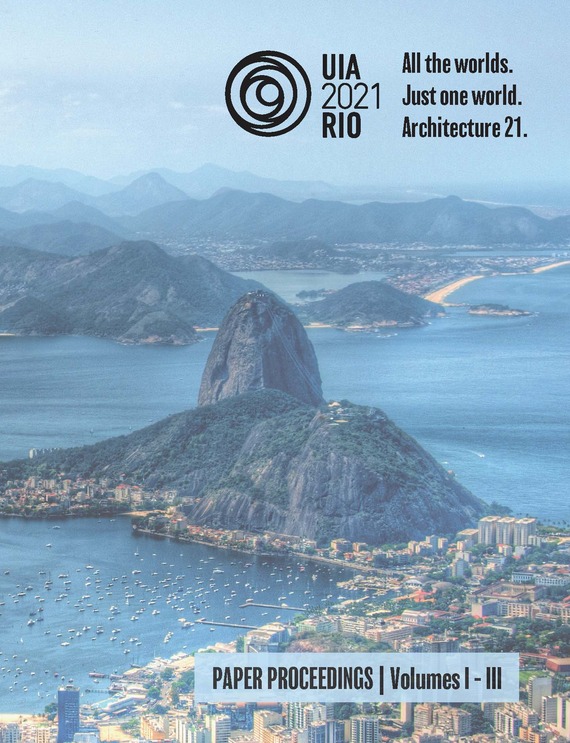Author(s): Nicholas Forrest Frayne
I am troubled by the patterns of hate and violence that are having a resurgence today. Despite the centuries of atrocity that the world has endured, we seem to be falling back into old patterns of division, leading me to question whether our methods of remembrance are perhaps flawed. Do our memorials perhaps entrench the very divisions that generated the remembered violence? The narrative structures against which we orient ourselves in the world surely play a pivotal role in our understanding of reality, working to undermine or perpetuate our sense of solitarist identity. In such structures, a rhetoric of sacrifice serves to reinforce the divisions of the past, strengthening the conditions from which violence can grow. By applying René Girard’s theory of the scapegoat mechanism to our study of memorial architecture, we can better understand how the practice of memorialization can entrench the polarizing rhetoric of sacrifice, serving to hide or, in the case of the Tuol Sleng Genocide Museum, reveal the fundamental arbitrariness of the sacrificial victim. An architecture that memorializes without the rhetoric of sacrifice is one that in fact expands our understanding of humanity, revealing the potential violence in each of us from the image of past atrocity.
Volume Editors
ISBN
978-1-944214-31-9

 Study Architecture
Study Architecture  ProPEL
ProPEL 
